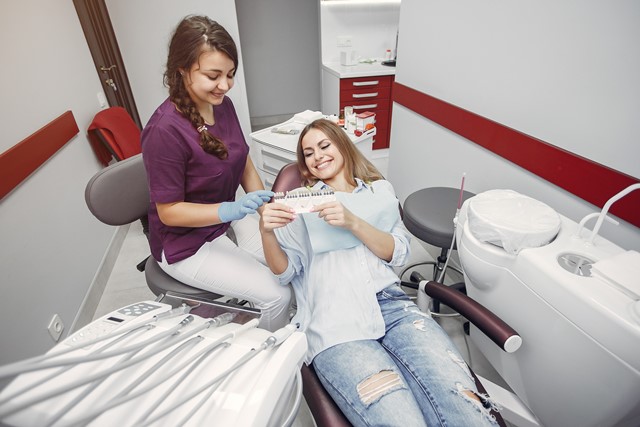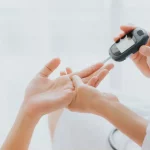
(Source: FreePik)
Technology has revolutionized the entire world, but it’s possible that no area has been as affected as the healthcare industry. From software programs to tracking systems for controlled medications, there isn’t an aspect left untouched from innovative technology.
Even medical carts have come a long way in a short time. Here are 7 types of medical carts and how they have helped to make the medical field more efficient.
7 Types of Medical Carts and Their Uses
- Medication carts – One of the most important aspects of patient treatment is getting their medication safely and quickly delivered to them. Medication carts help this process go faster and more efficiently by providing organization throughout multiple drawers and electronic locking systems.
- A Rolling Medical Cart is adjustable, letting the healthcare provider sit or stand. Many of these carts come with mounted monitors and keyboards that can be tucked away when not in use, as well as baskets and pockets for storage of office supplies.
- Treatment carts – These are often used in hospitals but can also be found in private practices and nurses’ rooms at schools. Treatment carts have locked drawers that store treatments and medications. The drawers contain organization baskets and other storage options to handle hazardous waste.
- IV carts – IV bags require special handling. These carts are customizable for different healthcare facilities depending on their needs. IVs need to be strong enough to handle the heavy IV bags and other supplies, so just any cart isn’t going to work for this important job.
- Crash carts – In an emergency, healthcare personnel has to know exactly where to turn to for critical supplies. Crash carts, or code carts, contain materials that need to be on hand quickly to deal with emergency situations.
- These carts have multiple compartments in which medications, intubation supplies, sterile kits, and other emergency supplies are stored in an organized fashion.
- Anesthesia carts – Administering anesthesia requires its own set of tools. Anesthesiologists can use these specialized carts to lock up their medications, store, and layout their tools, and move the cart for easy access.
- Point of Care carts – Medical personnel called Point of Care workers, or POC, tend to travel between patients frequently. It’s important that they have a cart that is easy to maneuver, adjustable for different heights, and organizable for their mobile devices and tools. These carts have pull-out keyboards, locking storage drawers, and storage for computer purposes like scanners, portable batteries, and more.
- Bedside carts – Possibly the most frequently used carts, these are situated by the side of the patient’s bed for their use and for the healthcare provider to have to hold their supplies during patient interaction. Because these are used so often and are in direct contact with the patient, they are designed to be easy to maneuver and to withstand frequent disinfecting. Bedside carts also have a specialized setup to make them easy to slide over the patient while they are in bed.
Which Medical Cart Do You Need?
With so many different options available, there is a medical cart out there designed for whatever your intended purpose is. Don’t reinvent the wheel – look around to find the medical cart you need. It’s already available.
About The Author:
Stacey Smith is a freelance health writer. She is passionate to write about women’s health, dental health, diabetes, endocrinology and nutrition and provide in-depth features on the latest in health news for medical clinics and health magazines.

![[Infographic] Grocery Shopping Differences By Generation Grocery Shopping Differences By Generation](https://www.safeandhealthylife.com/wp-content/uploads/2024/03/Grocery-Shopping-150x150.webp)


